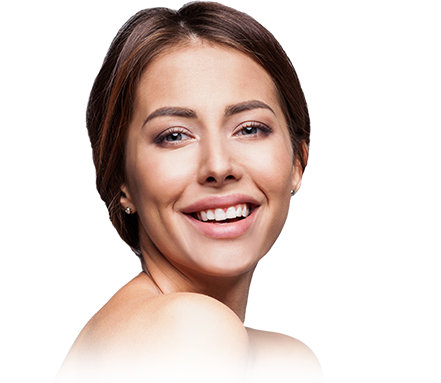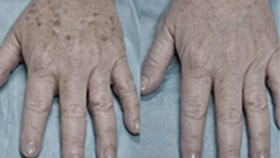The Redness of Rosacea
April is Rosacea Awareness Month. Here in Naples, I thought it was a great time to discuss this common skin condition affecting 16 million people in the United States. Rosacea is a chronic but treatable condition that presents with redness, broken blood vessels, swelling, flushing, and acne-like lesions on the face. Much less commonly, rosacea can cause the nose to enlarge and become more bulbous, a variant known as rhinophyma (W. C. Fields is a famous example). Rosacea can also affect the eyes, causing myriad symptoms, including redness, irritation, conjunctivitis, blepharitis, and frequent styes. Rosacea tends to wax and wane over time and is triggered by different things in our environment.
What Triggers Rosacea?
The National Rosacea Society surveyed patients with rosacea. The most commonly reported triggers, in descending order of prevalence, included sun, emotional stress, hot weather, wind, heavy exercise, alcohol consumption, hot baths, cold weather, spicy foods, humidity, indoor heat, certain skin care products, hot beverages, medications, and different types of foods.
Who Gets Rosacea?
Anyone can be affected by rosacea, but it is most common in adults between the ages of 30 and 50. Individuals with fair skin, such as those with Celtic or Scandinavian ancestry, have an increased risk of getting rosacea. This disease is more common in women, but men with rosacea tend to have more severe skin findings.
What Causes Rosacea?
There is not a clear cause for rosacea, but we know it tends to run in families, so there is likely a genetic component. Other factors that may play a role are an overactive immune system and Demodex, which is a mite that lives on the skin.
What Are the Treatment Options?
There are several treatment options, and your dermatologist will determine which is best for you. Often it is necessary to try different treatments or use several of the treatments in combination to see improvement.
The most important treatment is daily use of broad-spectrum SPF 30 or higher, in addition to sun avoidance, because sunlight is a major trigger for rosacea. Patients with rosacea should seek shade when outside and wear wide-brimmed hats and sunglasses. Use of the appropriate skincare products is crucial because people with rosacea tend to have sensitive, dry skin that can be easily irritated by common products for our hair and skin. It is extremely important for those with rosacea to use gentle cleansers and moisturizers. If you are having trouble finding skincare products or sunscreens that your skin can tolerate, ask your dermatologist for recommendations.
There are several prescription strength topical products that your doctor may recommend. Medication creams containing metronidazole, azelaic acid, sulfur, and ivermectin can address the redness and acne-like lesions of rosacea. Topical brimonidine and oxymetazoline can be applied daily to reduce the severity of skin flushing. Oral antibiotics can be used when topical creams fail or if there is any ocular involvement.
Laser and light-based devices such as the pulsed dye laser and intense pulsed light are also fantastic treatment options. These procedures are quick, have little downtime, and are highly effective at reducing redness and the appearance of broken blood vessels. Most patients need a series of three to four treatments to achieve a clearer complexion, followed by intermittent touch ups to maintain the results. Unfortunately, these treatments are generally considered cosmetic in nature and are not covered by insurance.
Although we cannot yet cure rosacea, thankfully, we have many treatment options to help control this disease. For more information, contact Skin Wellness Physicians at (239) 732-0044 or contact us online to arrange a consultation.















